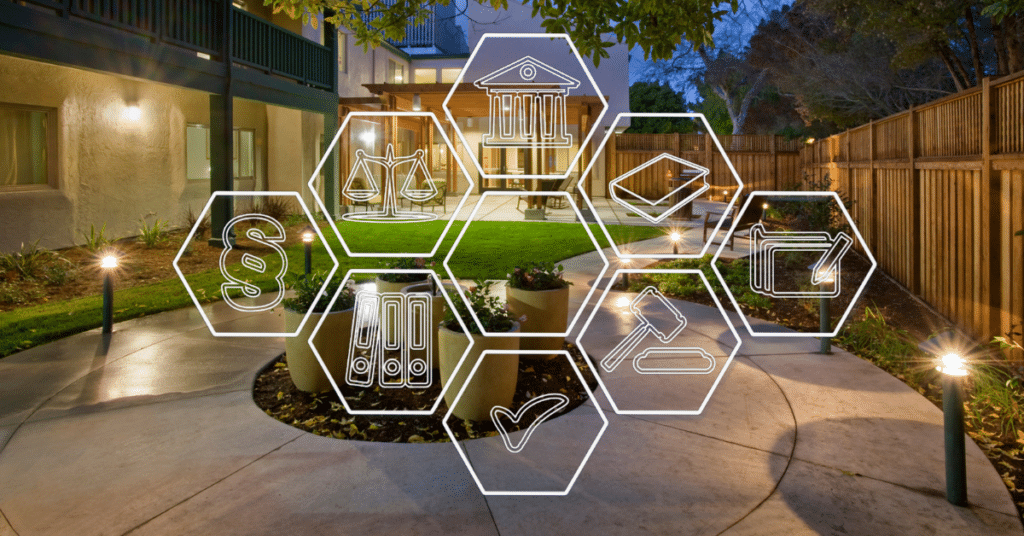
Designing Senior Housing for Changing Regulations
In a rapidly changing regulatory environment, quality construction and design are key
In a highly regulated and ever-changing industry like senior housing, achieving and maintaining compliance can be overwhelming. After all, regulatory compliance is just one aspect of the massive job of designing, constructing, staffing, operating and maintaining a senior living community, no matter what levels of care and amenities you provide. So, how can senior housing developers overcome this challenge?
A secret weapon for senior housing changing regulations: design and build
As design and build professionals who have partnered with many developers in designing and constructing senior housing, we have a unique insider’s perspective on how to manage senior housing’s changing regulations, and it starts early in the architectural design phase. As an owner/developer, playing catch-up in a regulatory environment is suboptimal, so it can be incredibly helpful to stay in front of regulations instead. But how do you design and build senior housing to maximize your agility in the face of regulatory changes? Here are some tips.
A quality-first approach can put you ahead
At the forefront of the senior housing industry, quality is key. By establishing high self-regulated, adaptable standards over time, you position yourself well for adaptability to regulatory changes. Of course, self-regulated standards should be based on the expertise of industry professionals. Overall, it’s easier to adjust self-regulated standards to a changing world and new information than it will ever be to roll back government standards.
As always, the safety of your residents and their well-being are paramount. Focusing on quality ensures you can deliver on that promise, perhaps setting a higher bar than the standard.
Get the experts in on it
Consistency in care requires an in-depth knowledge of regulations. By having medical experts on staff, you may be able to simplify your response to regulations while also providing high-quality care for residents. It may be far easier to employ medical experts who can take the lead on determining, understanding, and fulfilling regulatory obligations versus having staff who are not skilled in that area trying to demystify expectations.
Focus on improving outcomes, not the regulations
In a highly regulated environment, regulations often become the finish line rather than a guidepost to better care. By designing and building a senior living environment that surpasses current regulatory standards, your focus extends beyond the regulations, and staff can work toward what’s most important: improved outcomes.
Build for regulatory compliance
Many design aspects of senior housing or a skilled nursing facility can be incorporated early to empower staff for regulatory compliance. This can be done in many ways. One option is building spaces dedicated to continuous staff training and education on an ongoing basis.
Working closely with your design and build team can help you make the most of the technological options available. You may also want to consider possibilities for creating an accountable environment, which may involve communication and tech considerations as well.
And keep in mind the importance of excellent record-keeping. Documentation needs may include care plans, incident reporting and more. Electronic health records and certain software can help mitigate errors in documentation before officials review them. Having the space, design and technology for these needs is essential in the senior housing industry.
Best practices for senior housing: start with design-build
When building for a regulatory environment, choosing the wrong commercial construction general contractor can derail the best of intentions. With the design and build model of construction, you can rest assured the entire project team works toward a shared vision of empowering you to deliver high-quality care to your residents.
Getting started is easy; simply contact us and take advantage of our unparalleled preconstruction services. Together, we’ll build a senior living community that can deliver robust care, improved outcomes, and quality of life for your seniors.